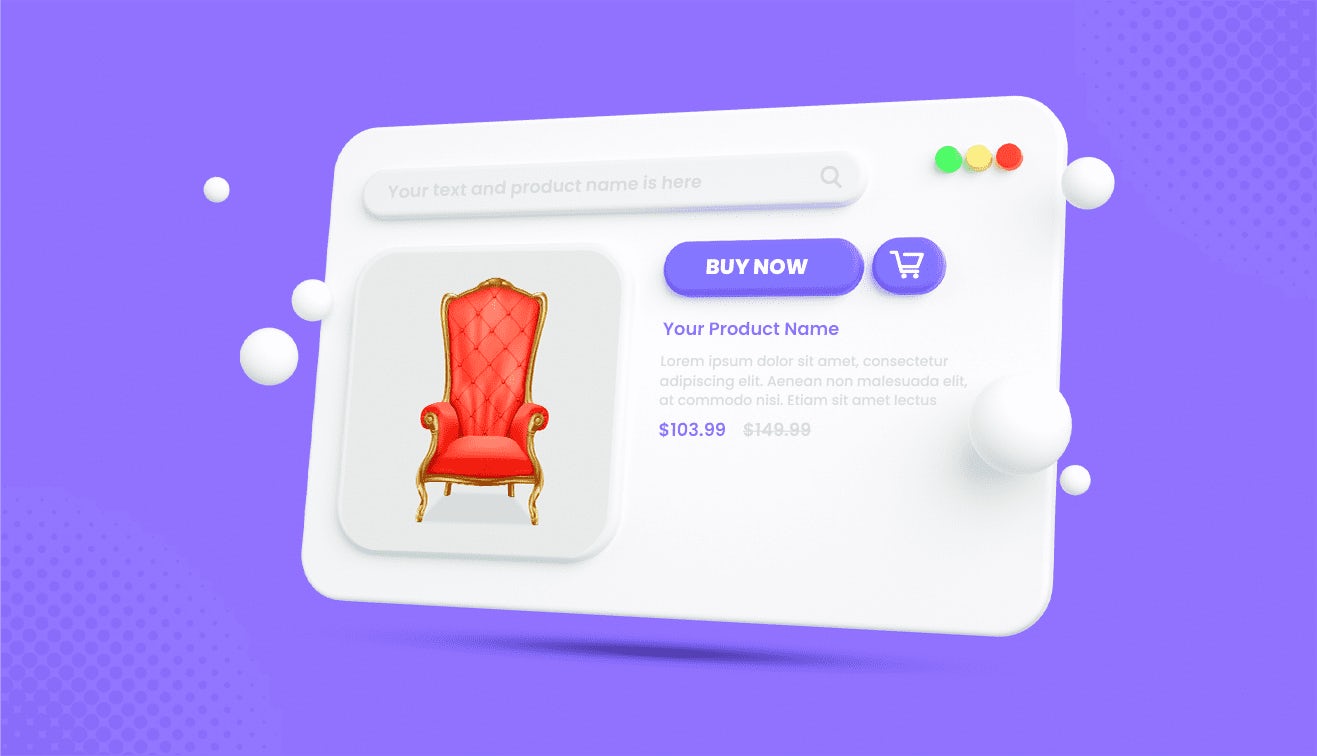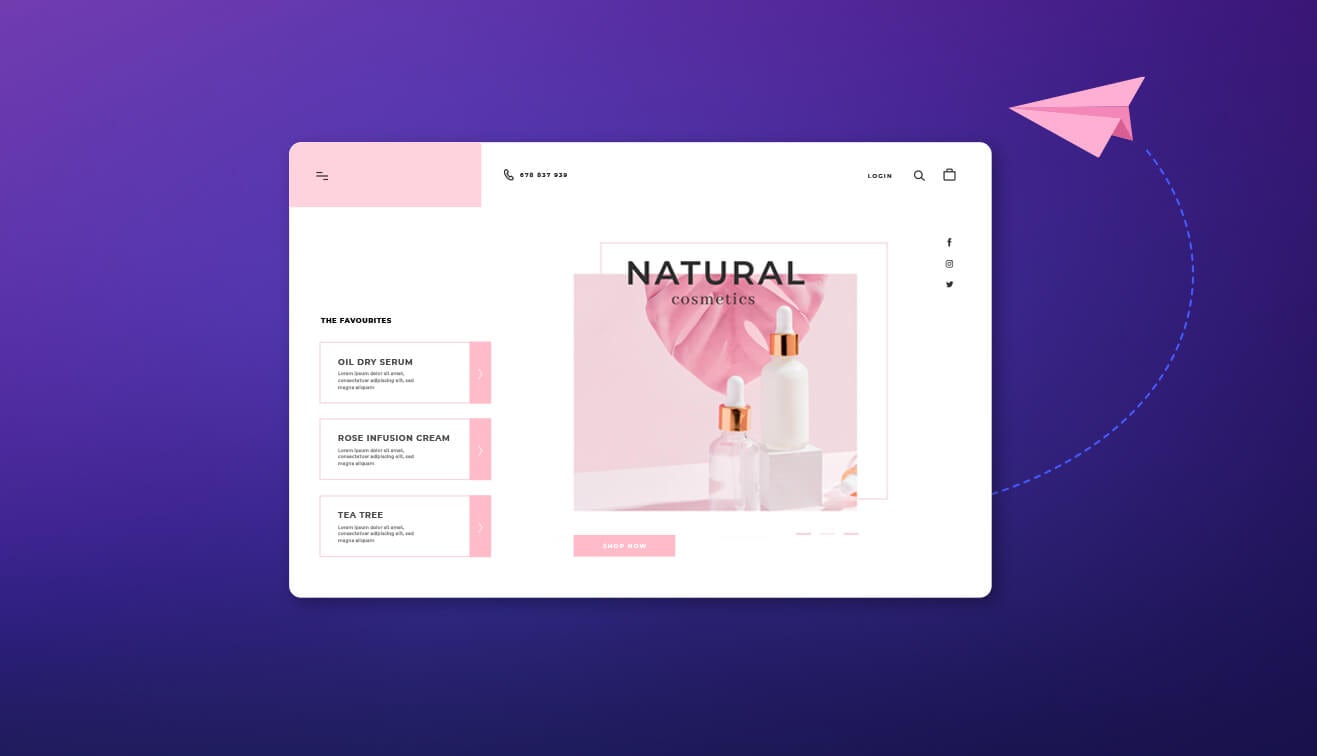As per Statista Report, the online fashion industry is estimated to grow 11.5% from 2023 to 2027 and reach $1501.3 billion by the end of 2027 globally. This growth represents an opportunity for every sector of the industry, from high-street fashion, reputed brands to independent retailers.
In fashion industry, where trends shift rapidly and consumer demands reach new heights, maintaining a competitive edge demands more than merely keeping up with the latest styles. It necessitates precise, reliable, and engaging product information that connects with your target audience. Within this extensive exploration of PIM for fashion retail, we delve into the essence of contemporary fashion merchandising – the mastery of product information management. Let’s explore how PIM tool can revolutionize your handling of product information and enhance your fashion label within a competitive retail market.
What is a PIM?
Product Information Management or PIM is a software that helps eCommerce retailers to centralize and manage their product information across various channels and platforms. It enables brand to:
- Consolidate Product data from multiple sources,
- Maintain Data Accuracy
- Data Hygiene
- Consistency across all touchpoints
- Improve Product Data Quality
- Enhance Operational Activities
Thus, PIM software proves to be a great tool for eCommerce retailers. Utilizing PIM enables fashion retailers to attain greater consistency, accuracy, in product information, ultimately resulting in heightened sales and enhanced customer satisfaction.
Looking for a PIM tool? Here is an cexclusive PIM Buyer’s Guide to help you choose right!
Why Does Fashion Industry Need a PIM?
Fashion industry is dynamic as it deals with large amount of product data, information, and seasonal sales that offers demands launching of new products. Products are subject to availability in different sizes, colors, textures, materials, and styles, which means there are tons of product attributes to manage efficiently. Thus, PIM becomes the necessity tool for fashion industry.
How Implementing PIM Can Benefit Fashion Industry?
Product data plays a crucial role in the fashion industry, requiring businesses to meticulously oversee a wide range of information. This includes keeping track of sizes, variants, colors, images, videos, user-generated content, and beyond. However, managing these extensive data can be overwhelming for many online fashion businesses lacking adequate resources and expertise.
Here’s how a PIM solution, offers a remedy for the complexities of product information management in the online fashion retail:
Enriched Product Catalogs
For an online fashion business, having a well-structured product catalog is essential to showcase all items in a single location, facilitating easy discovery by customers. A streamlined catalog not only minimizes customer confusion but also guides them seamlessly through the purchasing journey. PIM streamlines the creation and upkeep of product catalogs by automating these tasks.
It empowers you to aggregate content and digital assets from top-performing channels, compare them, and enrich your customer interactions. Furthermore, PIM guarantees accurate presentation of your products across various channels, adhering to marketplace standards for content compliance.
Enhanced Product Descriptions
PIM tool offers fashion retailers to enhance their product descriptions. This helps them to create rich, informative, detailed, and accurate product descriptions. With the help of enhanced product descriptions, customers get a detailed understanding of the product they are interested in. This results in improved customer experience and drive better sales.
Improved Searchability
In online fashion business, efficient access to necessary product information is paramount. Leveraging PIM sophisticated search capabilities, retrieving any desired product information becomes a matter of a few clicks. Enhanced searchability enables you to locate products using tailored keywords or criteria, including brand name, SKU, category, and beyond. This ensures seamless access to vital information, empowering informed decision-making regarding your product portfolio.
Centralized Product Information
Online fashion businesses frequently face challenges in managing product information sourced from various channels and formats. PIM offers fashion retailers to centralize their product data in one single platform. It offers a streamlined approach to this complexity by facilitating the consolidation and gathering of product data from diverse sources, including online retailers, affiliate partners, and direct sales representatives.
Furthermore, PIM for fashion facilitates the centralization of all relevant data and digital assets, ensuring effortless retrieval and analysis. This capability empowers businesses to make well-informed decisions regarding their product strategies.
Automated Workflow
Within the fashion industry, automated workflow plays a pivotal role in enhancing precision and productivity. It fosters smooth communication among different departments, thereby enhancing overall customer service. Moreover, automated workflow ensures the currency and accuracy of product information, facilitating well-informed decisions regarding new products or marketing initiatives.
A proficient PIM incorporates an integrated collaborative workflow system that automates repetitive manual tasks and encourages seamless interdepartmental communication. This functionality operates swiftly and unobtrusively, amplifying productivity across all facets of business operations.
Better Product Images
PIM offers a functionality aimed at elevating the caliber and uniformity of product images, a vital component for fashion retailers. Top-notch product visuals are indispensable for crafting an immersive customer journey, particularly in the world of fashion retail where visual plays a crucial role in purchasing any product.


































































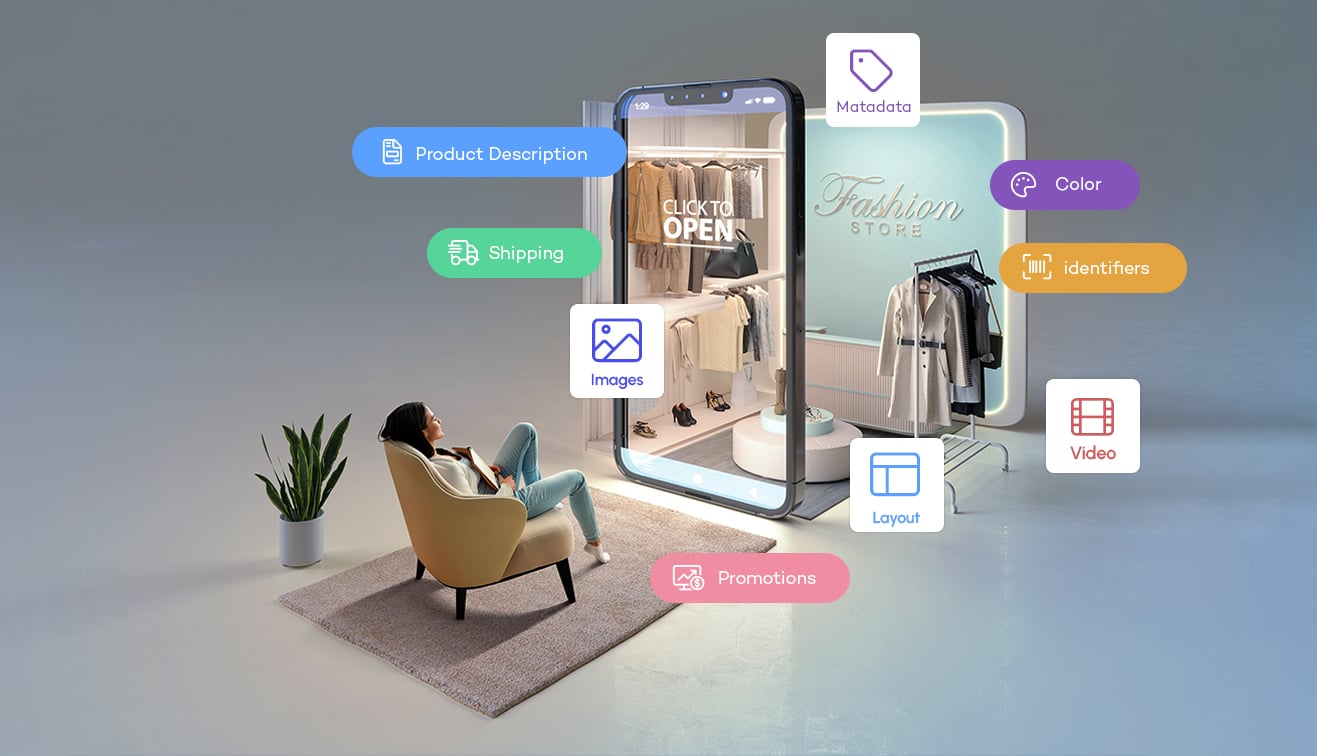



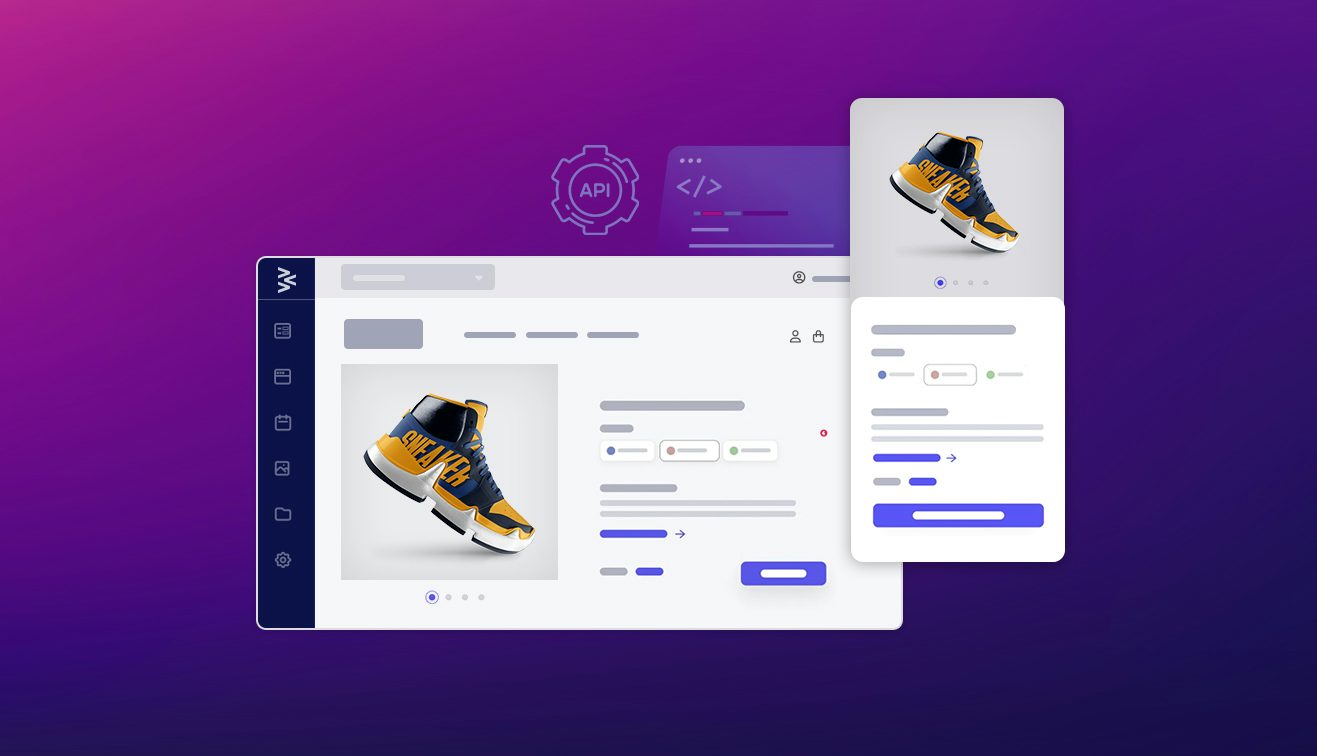





.jpg?w=3840&q=75)


.png?w=3840&q=75)




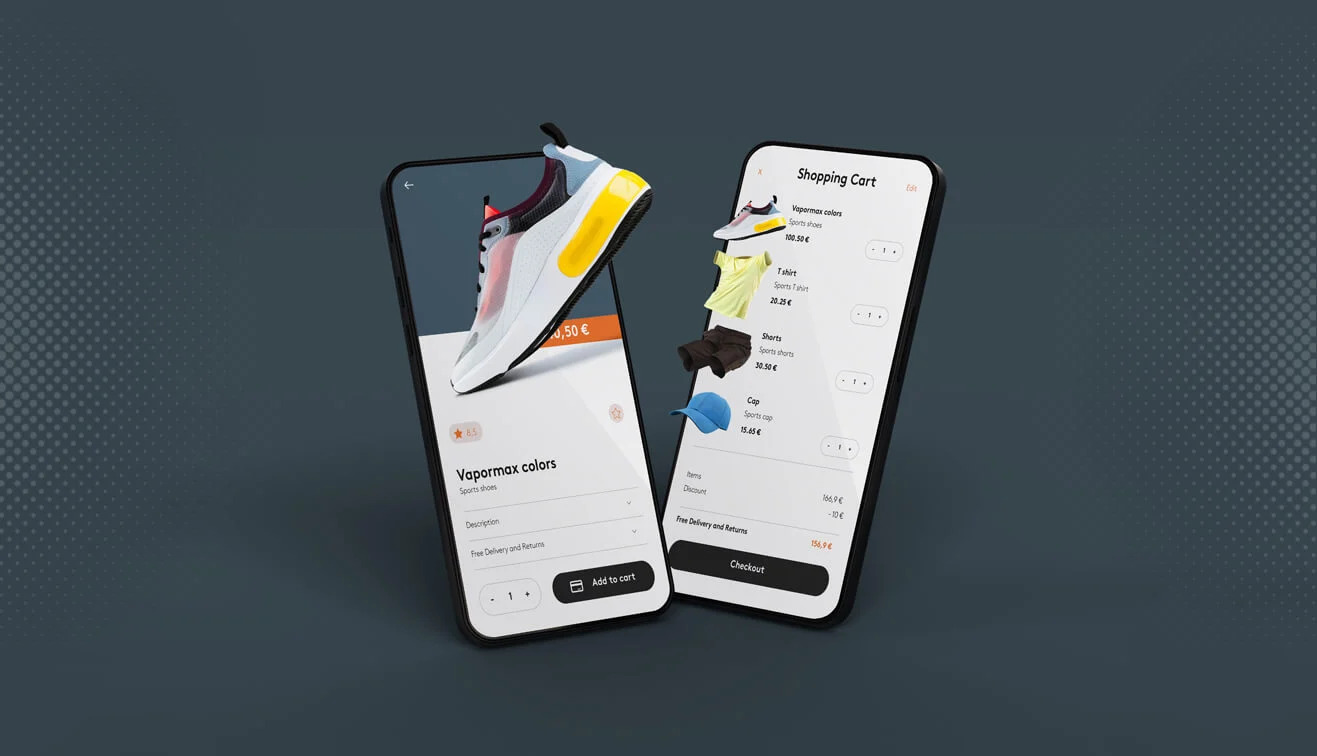




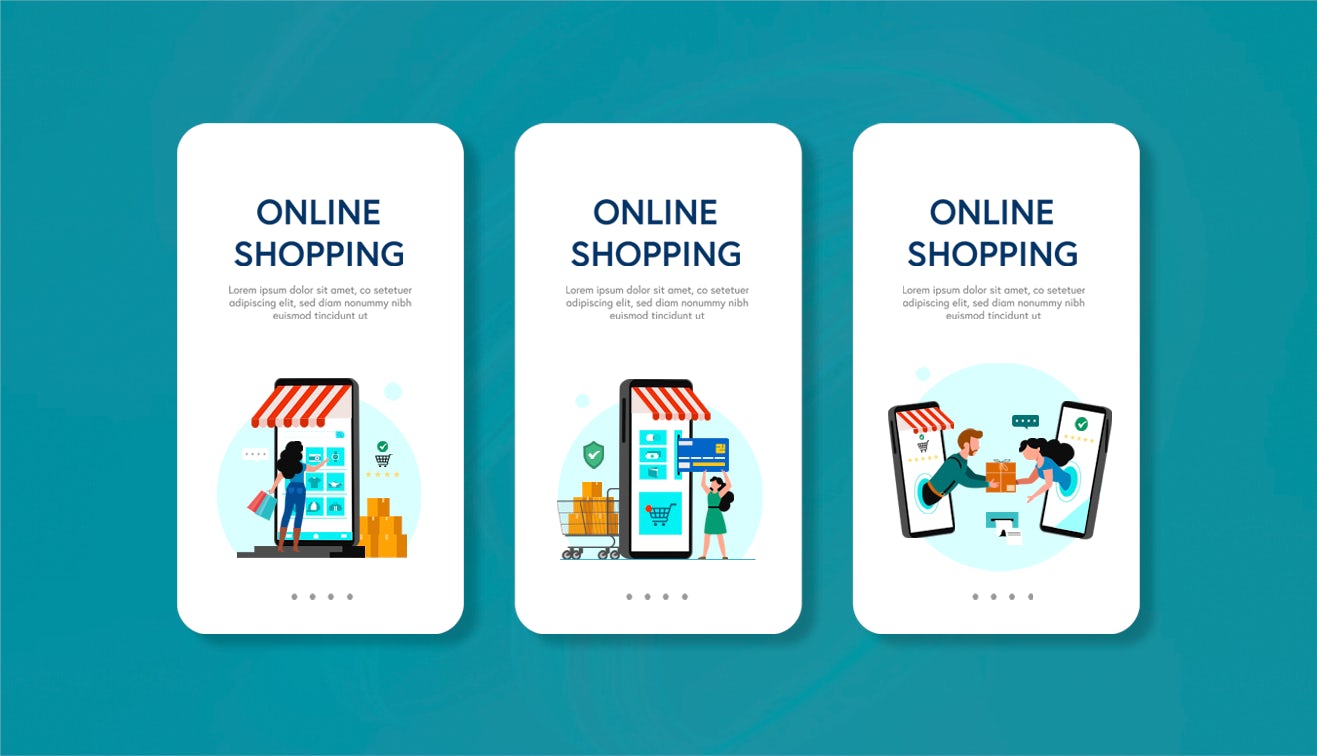

.jpg?w=3840&q=75)
